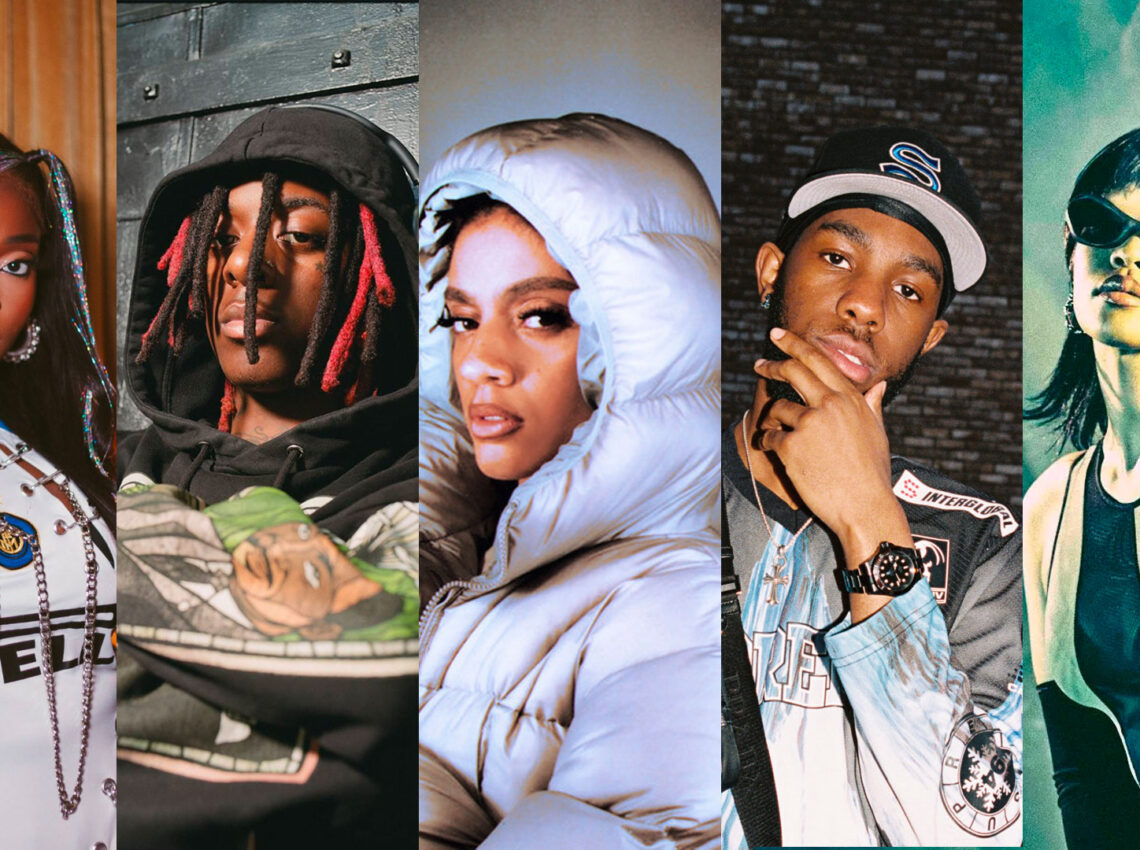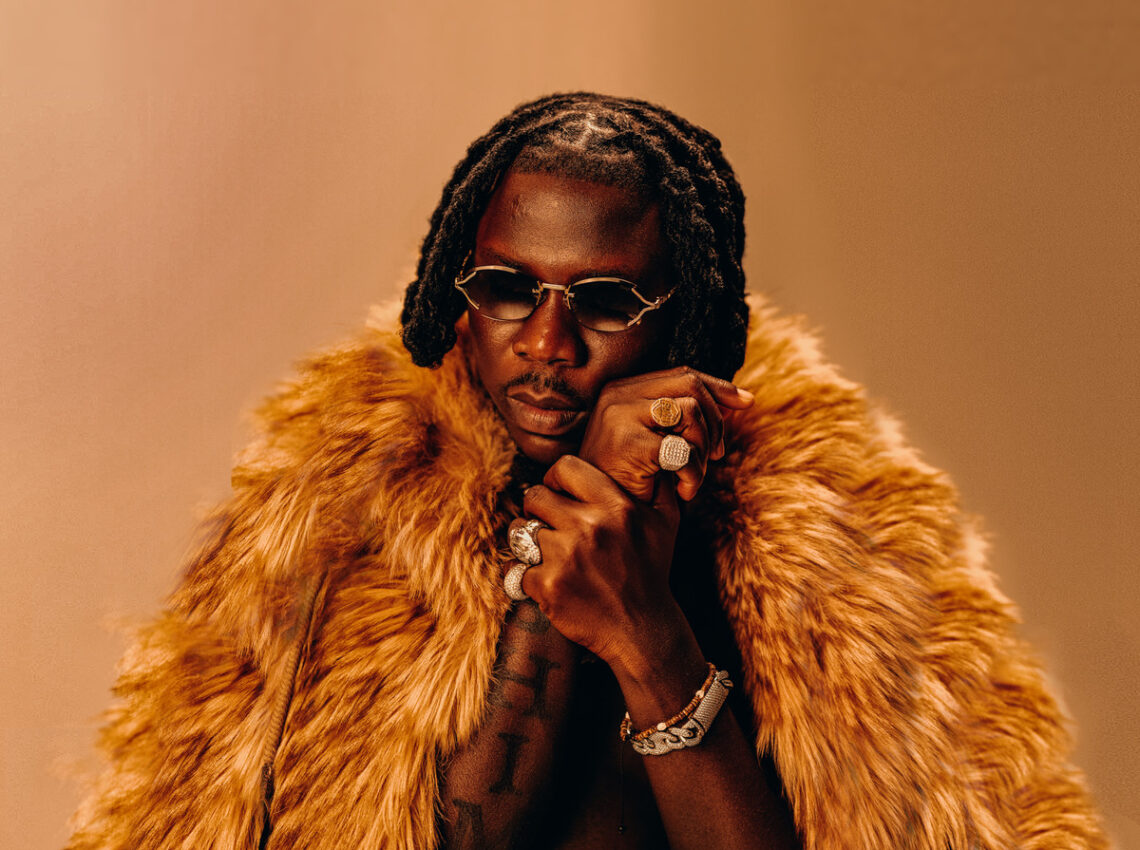Reminder: the modern Barbie is not a Barbie for all

The iconic Barbie doll first debuted in 1959 and, within 64 years, has undergone a significant transformation. She was white, thin, and half-dressed within her first release, inspired by an adult gag gift. In the 1980s, Barbie became Black and Latina, and now, in the 2020s, Barbie has been used to represent women with Down syndrome. Most recently, Barbie has come to life in Greta Gerwig’s maximalist-modern take on Barbie.
The successful film managed to capture and appeal to our zeitgeist by leaning into the preferences of liberal feminism. Barbie is pretty but conscious, in love but not overwhelmed by it, and powerful yet palatably so. Likewise, Gerwig packs many feminist themes into 1 hour and 54 minutes. The film explores the complexities of motherhood, pretty privilege, sisterhood, and the foolish power of the patriarchy. Yet it would still be naïve to herald our modern Barbie as some feminist champion. She suffers from a significant lacuna – intersectionality.
While Barbie has come to life, she and the film remain one-dimensional in many senses. The exploration of feminism was doomed to be underdeveloped without proper acknowledgment of intersectionality. Gerwig’s film includes many different Barbies of different races. Yet, the film would have you believe that the women’s experiences are the same in their fight against patriarchy. For example, the film does not unpack the masculinization of black women and the ways they are excluded from traditional notions of femininity. Likewise, the wheelchair-using Barbie is seen, but her specific experiences are not heard. In the film’s desire to convey sisterly unity, it simultaneously failed to capture the differences among women. The trailer’s tagline confidently said, ‘If you love Barbie, this movie is for you. If you hate Barbie, this movie is for you,’ but the truth is, whether you love or hate Barbie, this movie is not for everyone.

The movie does win when it comes to diversity. After all, the Black Barbie – depicted by Issa Rae – is the president of the Barbies. Sharon Rooney, plus-size actor, plays the lawyer Barbie. But diversity and intersectionality are not the same. Giving a nod to a group’s existence differs from exploring their experience.
Yet perhaps to expect something countercultural from a Hollywood movie is naïve. As Dr. Bridget Conor, the University of Auckland Associate Professor of Communications, said, “This is a Hollywood movie, so it’s not anything revolutionary.” Likewise, though proud of the film, Greta Gerwig has said, “It isn’t the perfect feminist film I wanted it to be.” Hollywood films are burdened by the need for mass appeal and thus palatability requirements. Barbie has to be feminist enough to be current but not too feminist to the point of controversy. So maybe Barbie succeeded within the constraints that it was given. The film was indeed a feminist movie but not a feminist movie for all.
For more articles like this, check out our Arts and Culture section here.




![ZINO VINCI’S ‘FILTHY & DISGUSTING’EP BRINGS YOU TO THE CORE OF THE ARTIST [@ZinoVinci]](https://guap.co/wp-content/uploads/2023/10/Zino-4.jpg)





![Remel London’s [@Remel_London] “Mainstream” is a must attend for upcoming presenters!](https://guap.co/wp-content/uploads/2017/02/REMEL-LONDON-FLYER-FINAL-YELLOW-COMPLETE-1.png)